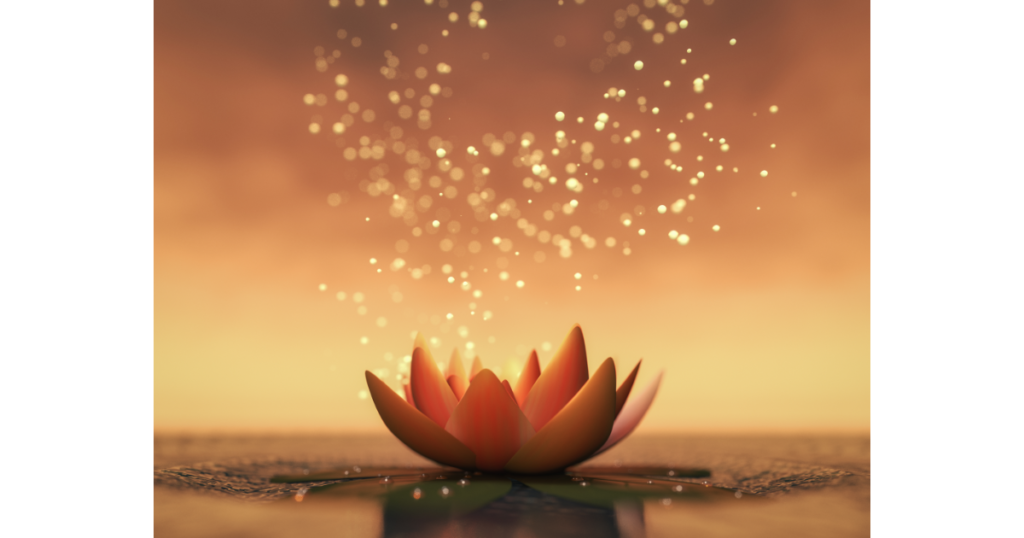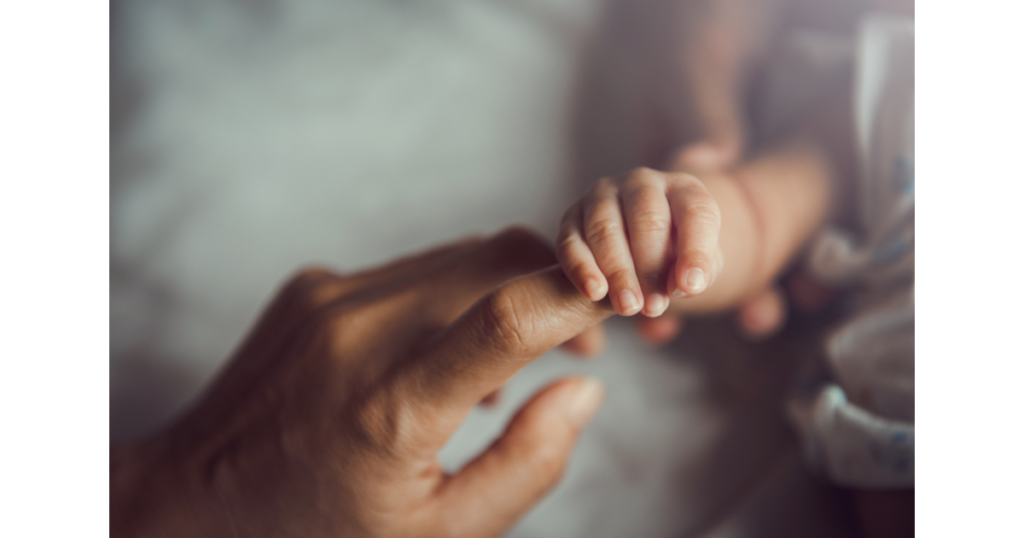Placenta Rituals Around The World

In our Western techno-medical culture the cord and placenta are regarded as ‘dirty waste’. The placenta is meticulously weighed, measured, assessed, and the results recorded before it is thrown into an incinerator or hospital mulcher and annihilated soon after birth.
In fact, in many hospitals, it still is routine for the cord to be cut so soon after birth that the baby loses a third of its blood supply, which continues to pulse in the cord and placenta for a time. A common problem is that the mother then goes into shock and retains the placenta in utero, thus triggering further intervention.
We must look to other cultures and their customs in order to understand our own sense of discomfort about the dismissive way in which the placenta and cord are treated in our culture, and which we have come to regard as ‘normal’. If we examine ancient civilisations, we find a variety of beliefs.
Placenta rituals across cultures
‘In Egypt, the pharaoh led processions preceded by his actual placenta, fixed to the top of a long pole with a dangling umbilical cord. Placental symbols since antiquity have been seen on temples, seals and shields and in cave paintings. Either tree-like or snake-like qualities may be emphasised’ (Noble).
The placenta hieroglyphic was used in many words relating to a variety of feelings, situations and relationships which reflect the original physical role the placenta played in life for each human on this planet.
The Ora Hayim of the Shulhan Arukh (Code of Jewish Law) refers to the ancient practice of preservation and internment of the placenta to help keep the newborn warm. John Aubrey in Remaines of Gentilism and Judaism (1686–88) refers to the use of the placenta for purposes of divination.
When the European (and also African and South American) healers and midwives were branded as witches and murdered during the 500 years of persecution through the Inquisition, much information about traditional approaches to natural and holistic childbirth was lost, including practices surrounding the care of the placenta.
In some pockets of Europe, traditional practices, or the memories of these practices, lived on in storytelling and folklore.
Sometimes these memories of old customs find their echo in contemporary literature. Kerstin Ekman in her novel Blackwater relates that in the olden days in Sweden, people used to bury the placenta so that the earth would become as fertile as the woman who had given birth. In many cultures, the placenta was regarded as sacred. Giving the placenta back to the earth can hence be regarded as a sacrifice in the original sense: to give something sacred (Latin: sacrum facere).
In Kalotaszeg, Transylvania, the placenta was used in contraception. If a couple wanted no more children, they would burn the placenta of the last child and mix its ashes with water for the husband to drink.
The midwife in Hungary wiped the mother’s face three times with the placenta before the mother bit the placenta (thereby preventing haemorrhage by ingesting the oxytocin of the placenta) and drank a glass of spiced wine.
The Kwakiutl Indians of British Columbia customarily buried the placenta of baby girls at the high water mark, believing this would make them experts at digging for clams. Males’ placentas were left exposed for ravens to devour, enabling the boy to acquire prophetic vision.
The placenta has been used for healing also by the Chinese. A homoeopathic remedy is made from a baby’s dried placenta and given to that person throughout their life as a tonic in case of anaemia, general weakness or neurasthenia. Barren women in Chinese provinces would sometimes eat a placenta in an effort to cause pregnancy. The placenta was also said to obliterate birthmarks if rubbed on the disfigured area.
In Japan, during the tenth century, Yasuyori Sukune Tanba, a physician and author of the 30-volume Inshirokata, sometimes called the ‘Ishinpo’ (‘Medical Instruction’) emphasised that the washed and purified placenta should be buried because it was an integral part of the body and linked with the child’s destiny.
Like the Koreans, the Japanese often used decorative earthenware pots as placenta caskets. Those who were too poor for caskets would wrap the placenta in rice straw before burying it or throwing it in the river.
The Japanese formal burial ceremony began with washing the placenta in water, then sake. It was then wrapped in a blue or red silk cloth and placed in a wooden box ornamented with good luck emblems. The box was sealed with special mud and suspended in the northwest corner of the house for one day before being given to the midwife for burial.
Some boxes also contained necessities to ensure a successful life. For a boy, these might include writing brushes and an inkpad to encourage him to become a philosopher. Needles and thread might be placed in the boxes of girls to encourage them to become skillful in needlecraft.
Placental burial in Japan became even more formal in later times and took place in a special cemetery. It was customary for barren women to borrow the under-robe of a pregnant friend to wear while stepping across the buried placenta of a newborn, to invoke the blessing of fertility.
Until the nineteenth century, placentas might be buried at the entrances to Japanese homes. Sometimes this was done by an old man who had cut the cord and thereafter functioned as the child’s godfather – his age invoking a long and prosperous life for the child. It was once widely believed that body parts remained in sympathetic union with the person even after the physical connection was severed, so it followed that actions upon the placenta, which had formed part of someone, could have a powerful influence upon that person.
In Buddhist countries, it is believed that an incomplete body is banned from the Kingdom of the Dead, so if the placenta is lost or destroyed, some element of both mother and child is lost to immortality. As a result, Buddhists who birth elsewhere, take the placenta home for burial in a favourite spot in the garden.
In Malaysia, the child and placenta are considered to be siblings and since it is believed that the two are reunited in death, the kampong bidan (midwife) carefully washes the placenta, cord and membrane and wraps them in a white cloth to be buried.
On the West coast of Sumatra, at Mandeling, the placenta was washed and either buried under the house or put in an earthenware pot, which was sealed and thrown into the river. This was practised to avert any unfavourable influence of the placenta upon the child.
The New Zealand Maoris also respect the placenta, which is buried in a special place on the ancestral marae in a ceremony followed by a time of ritual cleansing. Maori people know where their placenta is as their point of connection with the earth from which they sprang and to which they return.
The Hmong believe that after death, the dead person must collect the placenta, which is traditionally buried under the supporting post of the house, if the child is a boy.
Between New Guinea and Sulawesi, in the Babar archipelago, the placenta was mixed with ashes and placed in a small basket. Seven women, each armed with a sword, then accompanied it to a Citrus hystryx tree, from which it was hung. The swords frightened away any evil spirits, which might make the child ill if they captured its placenta.
On the islands of Saparoea, Haroekoe and Noessa Laut, in the Banda Sea, the placenta was sometimes buried at sea. First, it was placed in an earthenware pot and covered with white cotton material. A hole in the pot ensured it would sink. The man in charge of the canoe was ordered to steer a straight course lest the child grow up aimless; the person who dropped the pot in the sea was told to look straight ahead so the child would grow up without a squint.
Some Australian Aborigines have a ceremony around the cord and placenta. At the time of cord cutting, the ancestors’ spirits are acknowledged and the placenta is buried in the place where the child was born. ‘The cord is twisted into a necklace and placed around the newborn’s throat. This symbolises a spiritual connection that will enable the child to learn the language of the sacred knowledge that reaches back like a spiralling cord to the great Ancestors and the beginning of time,’ Robert Lawlor records in Voices of the First Day.
The foundation of cultural placenta traditions
All of these cultural traditions are underpinned by a belief in the existence of spirit or soul that inhabits the physical body. Thus the respectful care of the placenta has spiritual significance. It is an honouring of the tree of life, which has connected the baby to its mother throughout nine months of pregnancy, and has been the child’s bridge from the celestial to the earthly realm. ‘In primitive tribes, the placenta was often called the “double”, “soul”, “secret helper”, or “brother”, and either was buried or placed in a tree or on top of a pole’, writes Elizabeth Noble.
In respecting the placenta, we respect our origin and our connection to the beyond as the inspiration for our spirit, and to the earth as the nurturer of our body. Perhaps the loving ritual practices that have existed for thousands of years do assist the soul of the incoming child to anchor in its physical body. In fact, it would be arrogant to think that there has been no purpose to these rituals, which have been practised for so long and with such consistency in so many cultures on earth.
Ignoring the importance of placenta traditions
The early severing of the cord and the rapid, impersonal disposal of the placenta in the modern hospital environment produce a different psychological imprint in the child: that its resources have been stolen and it is left alone, to its own devices. (These early experiences often surface later in adult therapy, particularly in rebirthing.)
Communication channels that have existed for nine months are suddenly severed, without choice or adequate grieving time. Especially if the child is then separated from the mother, as is common in hospitals, fear looms large that the mother is gone, that her love is no longer there. The child is thrown into a desperate struggle to survive: it must breathe or die, whether its lungs are ready or not. Panic ensues. That, more often than not, is our first imprint of life on earth in the Western cultural framework.
Is it a wonder then that Western culture is materialistic, devoid of spirit, and individualistic to the point of pathology? Mothers agonising over the process of separation of their adolescent children really relive the sense of separation they and their newborns experienced at birth.
‘Is there ever a complete release? Can we look forward to a time when we only need once a year to gloat over the memorabilia? Perhaps our fiercely independent children, coached by our individualistic culture, ease the separation. Western children do not seem to keep the connection pulsing in the way of their Japanese counterparts, who treasure a piece of the umbilical cord in a box. If we have truly grown up in the process of parenting, I would like to believe that we reach a magical age when we shed our obsessions like an unwanted skin’ (Kroll).
Most people cannot shed their obsessions until they heal the rage, pain, fear and grief around the loss of their placenta (and the umbilical cord), and claim their right to be treated with gentleness, love, care and respect from the moment of birth. A desperate perceived need to survive drives this culture, even though in fact it consumes 85% of the entire resources of the planet.
Compared to the practices of so many of the world’s cultures, the current Western practice of early cutting of the cord and disposal of the placenta with the hospital’s sterile trash is abnormal. The violence and disrespect with which the baby and mother are treated in the hospital environment are a direct result of the absence of the original custodians of care for women and babies – traditional midwives, who support, advocate and care for mother and babe in ways alien to our materialistic culture. These traditional ways of care have advantages over our modern technological efficiency that we have not even begun to contemplate.




